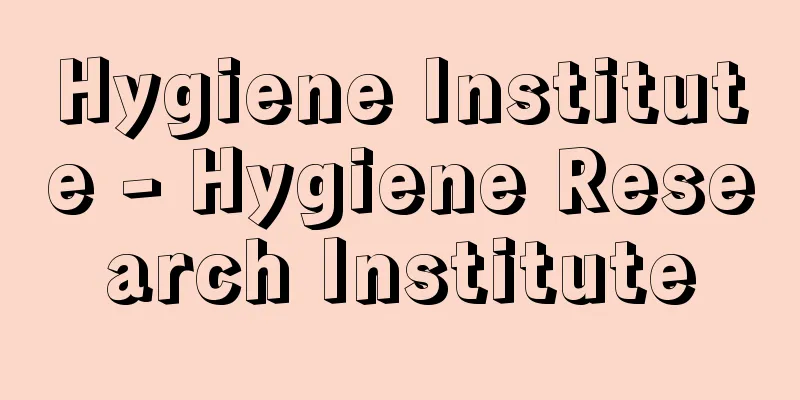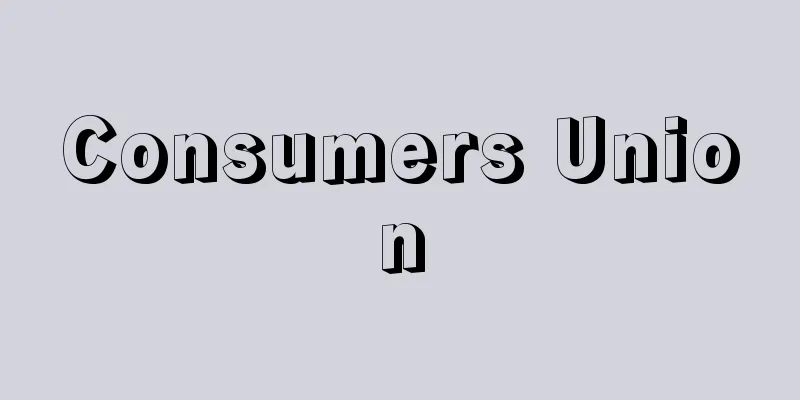Hygiene Institute - Hygiene Research Institute

|
These facilities are established in prefectures and cities designated by government ordinances, and perform scientific testing of bacteria and viruses, and whether food, drinking water, medicines, medical and household products, cosmetics, indoor air, etc. are hygienically safe. They also conduct surveys and research on issues specific to each region, and provide technical support and training for the monitoring work of public health centers, while also accepting requests for hygiene tests from the general public. In cities designated by government ordinances, many of these facilities are called hygiene testing laboratories and mainly carry out various tests and inspections. Source: Heibonsha World Encyclopedia, 2nd Edition Information |
|
都道府県および政令指定都市に設置されていて,細菌,ウイルスの検査,食品,飲料水,医薬品,医療用および家庭用品,化粧品,室内空気などが衛生上安全であるかどうかの科学的検査を行っている施設。また各地方に特有な問題についての調査,研究,保健所の監視業務の技術的支援や研修も行っていると同時に一般住民からの衛生上の依頼検査も受けている。政令指定都市の場合は衛生試験所と称して,主として各種試験や検査を行っているところが多い。
出典 株式会社平凡社世界大百科事典 第2版について 情報 |
Recommend
Insurance premium - hokenryo (English spelling)
In an insurance contract, the insurer, one of the...
Yaḥyā Ḥaqqi (English spelling) YahyaHaqqi
…The Realist school was pioneered by al-Sharqāwī ...
Ishigami's Private Words - Ishigami's Private Words
Motoori Norinaga's book on waka poetry. 3 vol...
Omonogawa River
A river that originates in the Ou Mountains at the...
Galago crassicaudatus (English spelling) Galagocrassicaudatus
...A general term for nocturnal prosimians belong...
Kawazu hot springs
...Simple hot spring, weak saline spring, 100℃. L...
Harvey, WH (English spelling) HarveyWH
…The history of this classification dates back to...
Utsunomiya Castle Town
…Oya, west of the city, is a source of Oya stone ...
Japan-US Negotiations - Nichibei Kosho
Informal diplomatic maneuvers and diplomatic nego...
Barium carbonate
Barium carbonate. It occurs naturally as witherit...
Torii Kiyomasu - Take it
Ukiyo-e artist from the mid-Edo period. There are...
Resonance (English spelling)
[1] The phenomenon in which a vibrating body begi...
Weaving Edge - Hataoribuchi
This legend is widespread throughout Japan, and s...
Allyl (English spelling)
A monovalent unsaturated hydrocarbon group represe...
Ribwort (English spelling)
...In Europe and the US, the seeds of the same ge...









